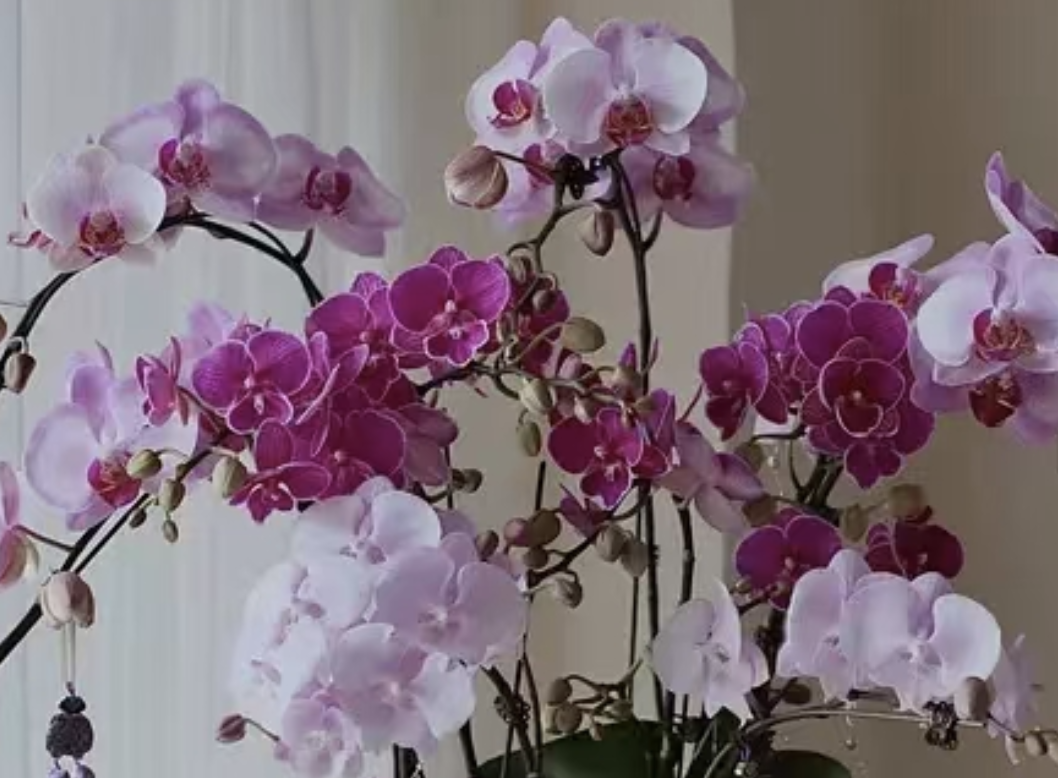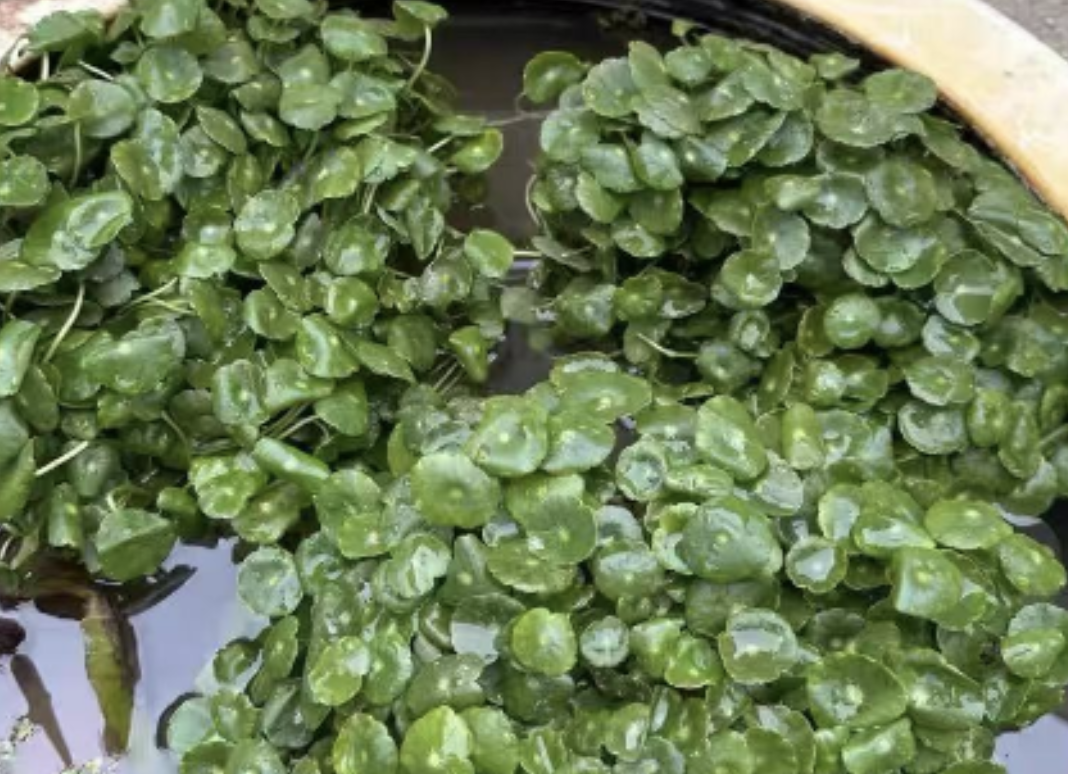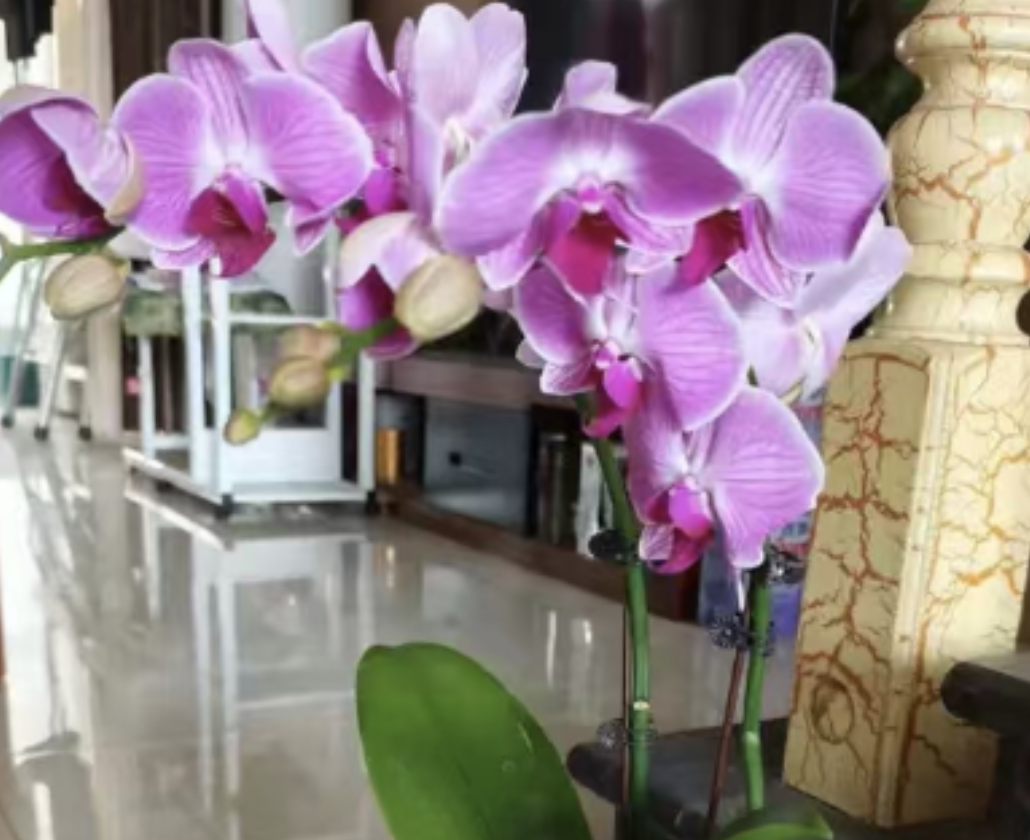Don’t delay dealing with mold in your Phalaenopsis growing medium! Those white mold spots are not only unsightly but will definitely侵蚀 (erode) the roots over time. By the time the flowers wilt and the roots rot, it’ll be hard to save the plant! Generally, mold in the growing medium is either due to excessive humidity and poor ventilation in your home, or the medium itself carrying mold spores that thrive when conditions are right. Don’t panic—following these steps will likely save your plant and prevent it from happening again!
### Emergency Treatment
As soon as you spot mold in the growing medium, take action immediately. Gently remove the Phalaenopsis from its pot, being careful not to damage the roots. Then, clear away all the moldy medium around the roots. If mold is stuck to the roots, use alcohol-soaked cotton balls (medical alcohol works) to carefully wipe the moldy areas. While doing this, check if the roots have turned soft or black—this step is crucial. If the roots are already damaged, you’ll need to handle them more carefully afterward.
After wiping, rinse the roots with clean water to remove any remaining mold and alcohol. Then, place them in a well-ventilated, shaded area to dry—avoid direct sunlight. Let them dry until the roots look slightly wrinkled and no longer feel damp.
While the roots are drying, prepare a disinfectant: either carbendazim or cyflufenamid solution, diluted according to the instructions. Once the roots are dry, soak them along with any cleaned, reusable medium (if it’s not too rotten) in the solution for about 10 minutes to thoroughly kill the mold. After soaking, take them out and let them air-dry in the shade. Don’t repot immediately—make sure the roots are completely dry, or mold will easily return in a moist environment.
### Repotting and Environment Adjustment
Even if you disinfect the old medium, it’s best not to reuse all of it, as it may still harbor mold spores. Replacing it entirely with fresh medium is safer. Recommended options are New Zealand pine bark (well-rotted, not raw) and sphagnum moss—both are breathable, retain water without causing waterlogging, and are less prone to mold.
- For pine bark: Choose medium-sized pieces. Too large, and they won’t retain enough water; too small, and they’ll trap moisture.
- For sphagnum moss: Opt for high-quality moss, soak it, then squeeze out excess water—never use it when still dripping wet.
Add a handful of small charcoal or perlite to the new medium: charcoal absorbs moisture and odors, while perlite enhances drainage—double protection!
When repotting, line the bottom of the pot with ceramic shards or crushed bark to slightly elevate the roots and prevent waterlogging. Don’t pack the medium too tightly; let the roots spread out. Fill the pot just enough to stabilize the plant—avoid burying the stem base too deep, as it may rot from trapped moisture.
Adjust the environment drastically! Mold hates ventilation and dryness, so move the Phalaenopsis to a well-ventilated spot—by a window or on a balcony corner. If your home has poor airflow, use a small fan (don’t aim it directly at the plant) to circulate air.
Reduce watering frequency: If you used to water every 3 days, now wait until the medium’s surface is mostly dry and feels somewhat hard. Water sparingly along the pot edges, and empty any excess water from the saucer after 30 minutes—never let the pot sit in water. Avoid frequent leaf misting, especially on rainy days. High humidity already exists, and misting will only create a stuffy, damp environment—perfect for mold growth.
### Daily Care
On a sunny day each month, move the potted Phalaenopsis outdoors to sunbathe—morning sun before 10 AM is best. Let it sit in the sun for 2–3 days; ultraviolet light is a natural germ killer and will eliminate most mold spores in the medium. Protect the leaves from sunburn, though—use a sheer curtain if the sun is too intense.
When repotting or loosening the medium, mix in beneficial bacteria like Trichoderma harzianum or Bacillus subtilis (available at garden centers or online). These bacteria form a dominant colony in the medium, competing with harmful mold for nutrients and preventing their growth. It’s like adding a protective shield to the medium, and it also benefits the Phalaenopsis roots—a win-win!
Water wisely: Phalaenopsis have aerial roots that need fresh air, so avoid drenching the roots directly. Pour water slowly along the pot edges, letting it seep through the medium. Choose medium that resists compaction; if it clumps or feels sticky over time, replace it immediately—don’t wait for mold to appear.
### Final Reminder
If you find severely rotten roots—black, slimy, and falling apart when touched—cut them off ruthlessly with sterilized scissors (soaked in alcohol or boiled). After cutting, coat the wounds thickly with carbendazim powder and let them dry for half a day before repotting.
If the entire plant is limp, leaves are yellow and wrinkled, roots are fully rotted, or white, silk-like mold appears (a sign of southern blight), don’t hesitate—discard the plant and pot immediately. This disease is highly contagious and could spread to other plants!
Will mold in Phalaenopsis growing medium cause disease?

Share with
Tagged in :




Leave a Reply